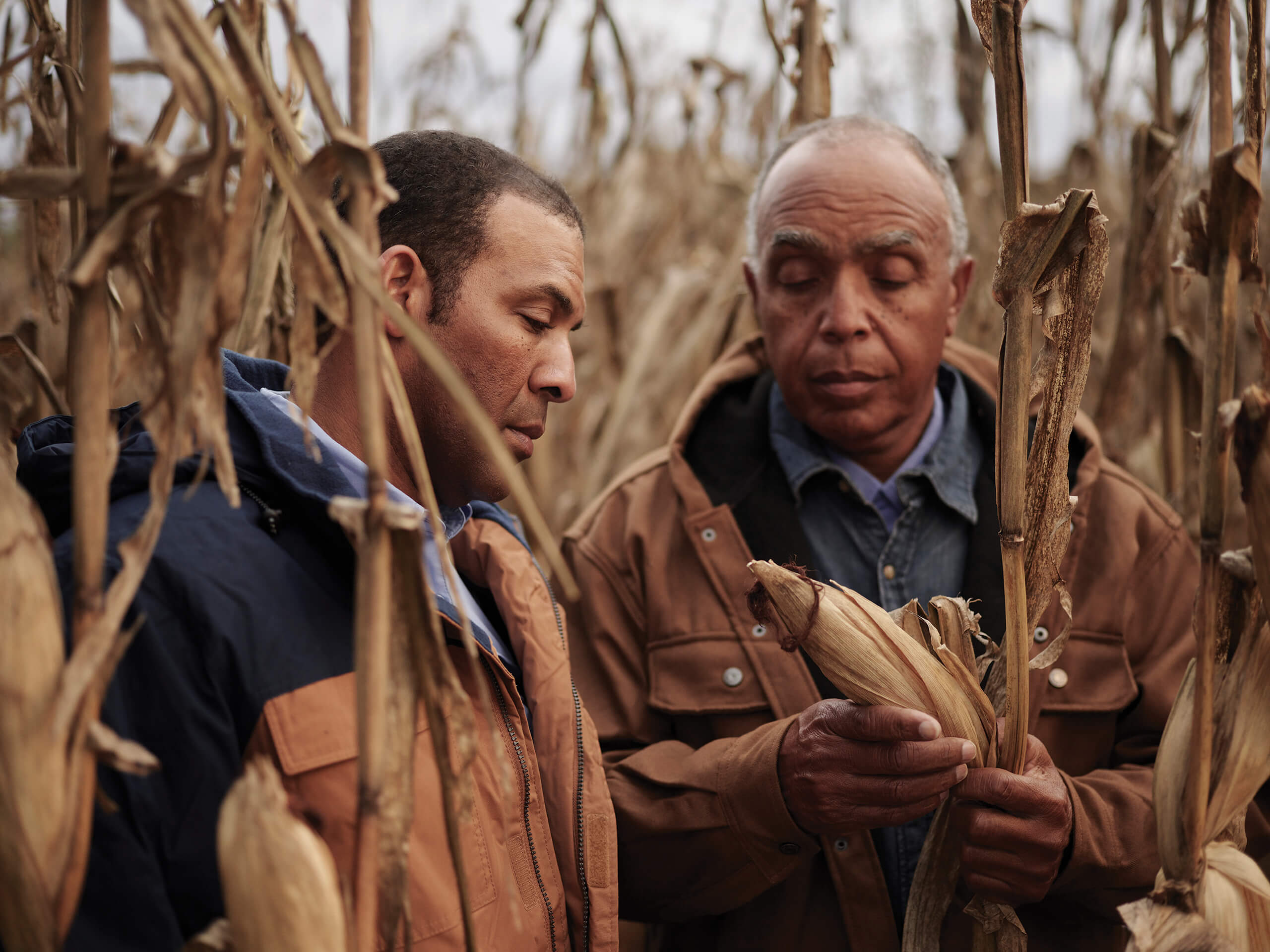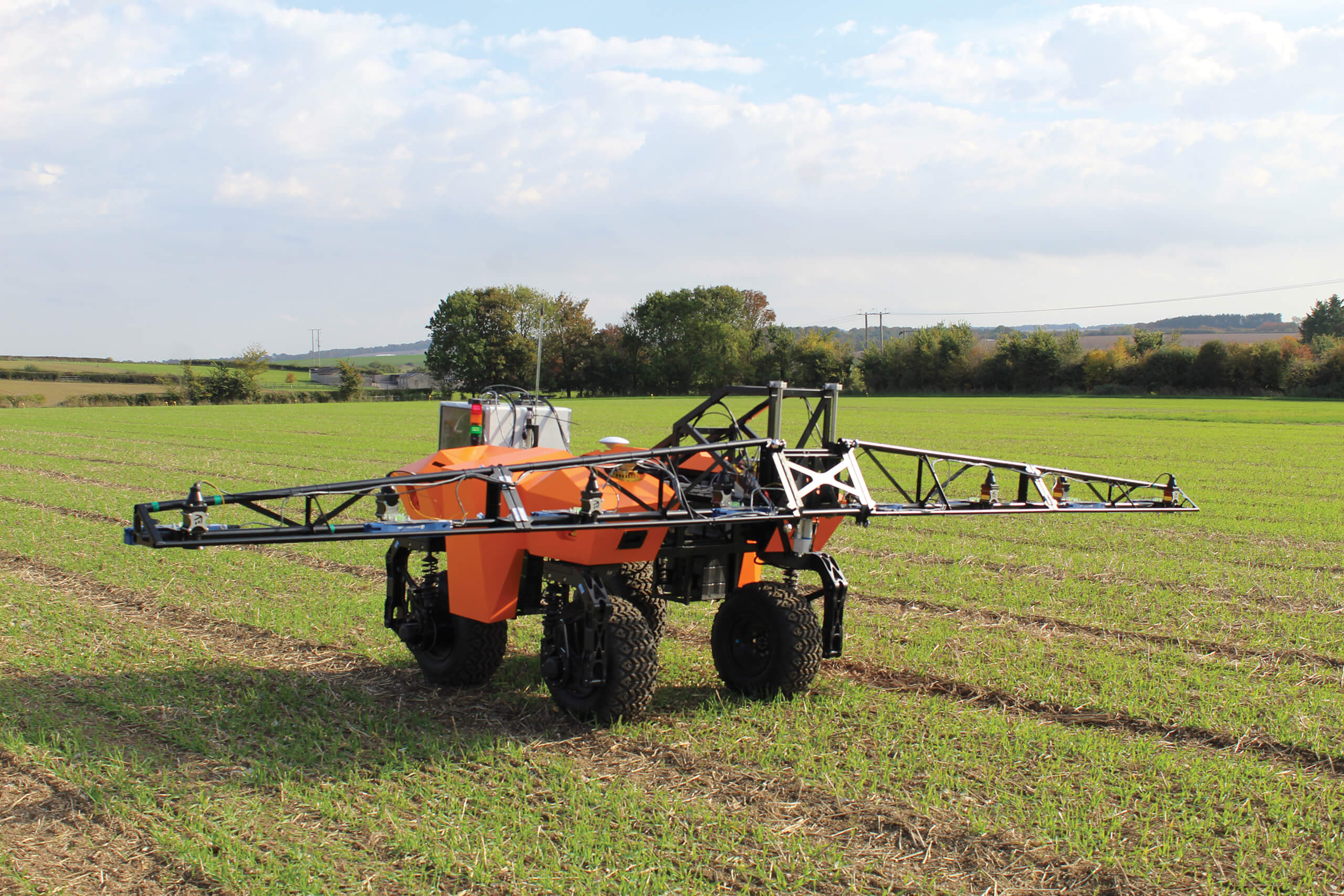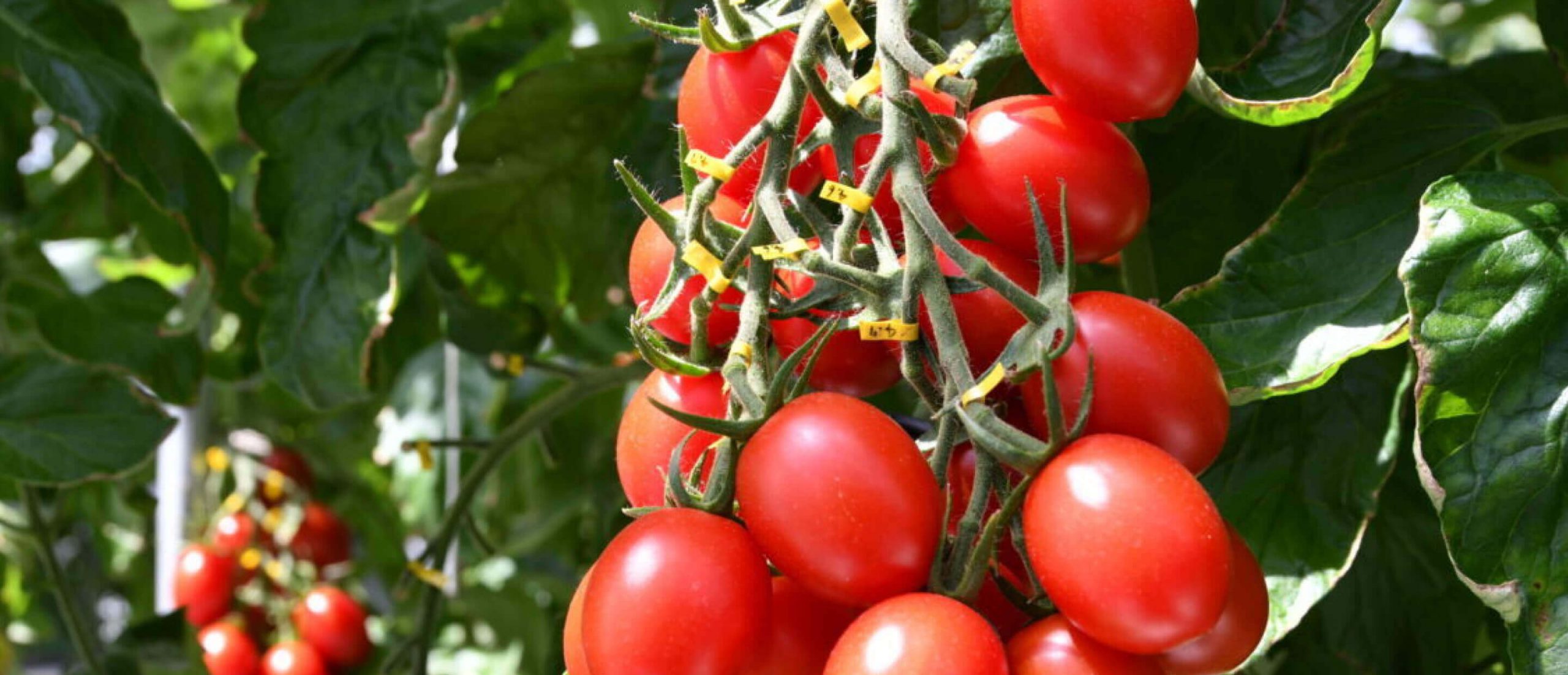
Experts believe the US crop insurance system could do with an update to reflect advances in technology.
Every spring, US farmers make complex, capital-intensive decisions about how, when, and which crops to plant. Yet, at any time between planting and harvesting, their investments could be wiped out by an extreme weather event, disease, or a sudden market disruption that sends prices crashing.
To help keep farmers afloat through poor harvests and unforeseen price fluctuations, the US government sponsors subsidized insurance under the Federal Crop Insurance Program (FCIP). The cornerstone of agricultural risk management in the US, the FCIP insures more than 80% of eligible acres of major crops, such as wheat, corn, cotton, and soybeans, annually. But many experts argue that key aspects of the program are hamstrung by outdated formulas.

Professor Bruce Sherrick would like to see the crop insurance rating system catch up with the information and reconnaissance systems now prevalent in agriculture.
The FCIP is funded under the US Farm Bill, a massive piece of legislation that’s renewed roughly every five years. In discussions about its latest iteration, the loudest debate centered on ways to lower soaring FCIP costs to taxpayers. Less visible, but arguably just as pressing, is how to update the ratings system that determines premiums, payouts and ultimately how farmers manage crop risks.
“The ratings system is intended to reflect actual growing conditions and risks as they evolve over time,” says University of Illinois Urbana- Champaign crop insurance expert Professor Bruce Sherrick. “But the main underpinnings of it were developed a long time ago, making it challenging to maintain accurate ratings.”
Sherrick, who also serves as the Director for the TIAA Center for Farmland Research, recently sat down with Views on Agriculture to talk about crop insurance ratings and how he’d like to make them fit for the 21st century.
Views on Agriculture
There has been a lot of debate around the crop insurance title in the next Farm Bill. Why are you focused on crop ratings?
Bruce Sherrick
The crop insurance title is a target due to its sheer size, and you can get political motivations rather than economic efficiency driving proposals. What concerns me is that the system for rating crops should be congruent with modern production practices, and right now it’s built with backwardlooking ratings elements.
How backward looking?
Genetic and technological advances have allowed dramatic improvements and adaptations that change crop risks. For instance, if a farm goes from not scouting for disease to sending a drone out every day to look for it, it would be important to reflect that in the premium. That currently doesn’t happen.
What about weather events?
If we experience a higher frequency of severe weather events, then the past would not accurately forecast the future rating. The risks across production regions change over time as well.
The system for rating crops should be congruent with modern production practices, and right now it’s built with backward-looking ratings elements.”
Why is the current ratings system so difficult to change?
The review process to make any changes to the system is intentionally long and sophisticated to protect taxpayers, developers, and crop insurance companies. It’s a safety mechanism to prevent ad hoc responses to specific incentives.
Can you give us an example of how the current system is problematic for farmers?
While the program is critical and has performed admirably, the loss ratios across crops and regions aren’t equal. Loss ratios for soybeans, for example, are relatively lower than other crops, and that will take a long time to reflect in the premiums farmers pay. So, you have soybean farmers saying: “Hey, we’re paying too much, compared with farmers of other crops.” There are also concerns over whether the current ratings system disincentivizes farmers from adopting certain conservation practices.

Farmer and Father Inspecting Corn.
Source: Corteva AgriscienceWhat is the single biggest reform you’d like to see?
What we don’t do currently is what I call ‘custom ratings’, which are possible given modern production systems. First and foremost, I’d like the ratings system to catch up with the information and reconnaissance systems that measure climatological and agronomic features. It’s phenomenal what we can do to predict and describe the crop risk system in which produce is grown. Information on factors that I wouldn’t have had access to 10 years ago, even if I visited a farm, such as soil productivity rating, slope and degree of water convergence, I can now gather these from my desktop in seconds. The system also needs to do a better job of capturing how rapidly evolving agricultural technologies are impacting crop periodicity. If we’re growing 90-day corn in northern North Dakota and getting 180 bushels per acre out of the region because of genetic improvements, we probably shouldn’t use rates based on 10-year-old practices or genetics.
What is the first step towards implementing these changes?
We could create either through the Farm Bill or through a submission process to perform an intentional review of the empirical performance of the system. That would be a good start.




